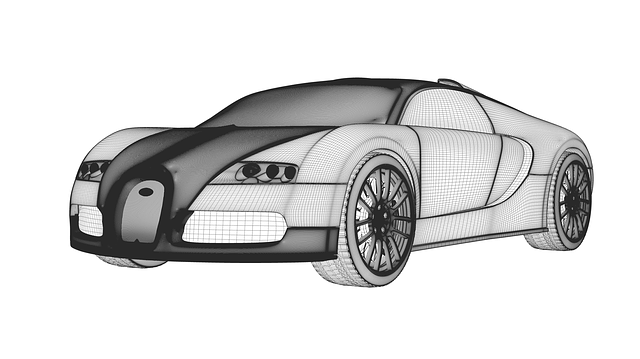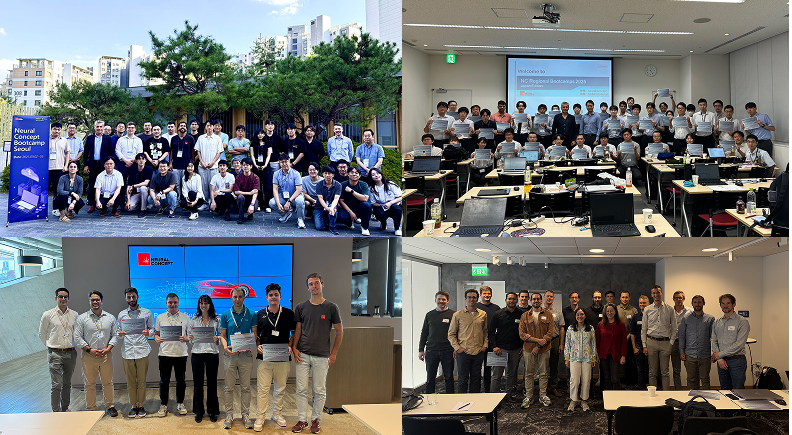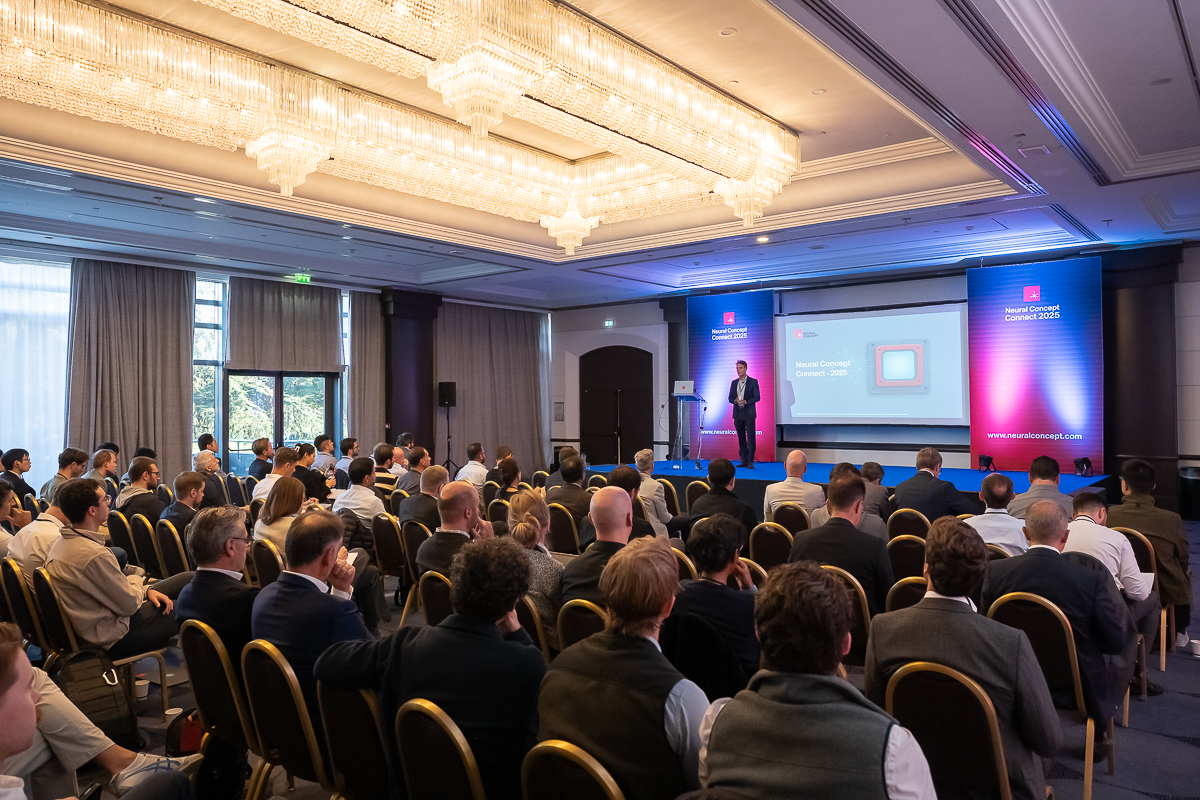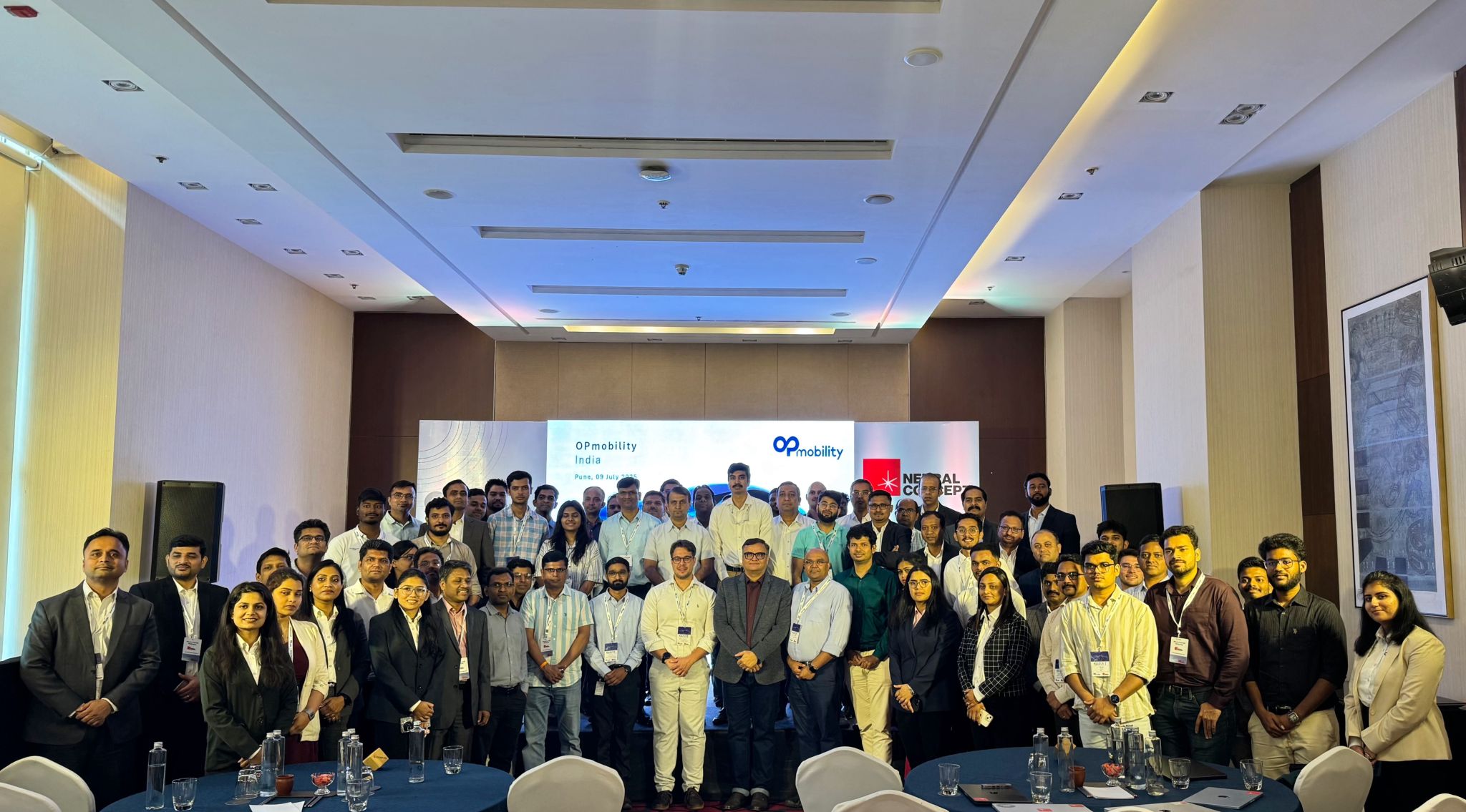Innovative Product Design: Trends and Insights for 2024

Product design is a fascinating part of the Product Lifecycle where ideas meet with final user expectations, where creative thinking meets with managers' expectations of products that are both competitive in terms of technology and engineering, sustainable facing the trend to green economy, meet user expectations and satisfy the company's need for profitability.
We have listed a lot of inputs! They are sometimes competing with each other, and they should fit into a design thinking box!
Thus, we need smarter innovation roadmaps to help us go from existing offerings and existing products to innovative products. We need new tools, rather than replace our creativity, to keep all the complex objectives and constraints simultaneously active in the product design process: constraints without objectives are just normative, and ideas without constraints are just creative: what we need is to be productive.
An example of a set of tools that helps creativity is Computer-Aided Simulation (CAE) i.e. 3D engineering analysis. The Author, with 30+ years in simulation analysis of products from the automotive and other industries, acknowledges that the world is accelerating so much that pure "analysis" could lead to "analysis paralysis" because of the time it takes to tackle a design problem with 3D simulation and discuss it with all stakeholders.

One trend to mitigate this potential paralysis is doing "more of the same", i.e. to accelerate software solutions via research of new computational ideas such as using GPUs instead of CPUs, or greater compute power from larger compute farms.
A different approach to help simulation be more relevant in the design arena is to work on a different level, thanks the development of new ideas coming from Artificial Intelligence and Deep Learning. This is linked, but not limited to, Generative Design. Thus the shift is from product design to AI product design.
What is Innovative Product Design?
Innovative Product Design is the process of creating new or significantly improved products that offer unique value to users.
Innovative Product Design goes beyond the aesthetic and functional aspects of a product. The integration of technology is also important since with innovative design we wish to enhance the user experience in ways that are more effective or appealing than existing solutions.

Moreover, innovative product design often brings together insights from engineering, design, marketing, and user research. This is the so-called "multidisciplinary approach".
Thus, we enter a new creative and iterative process where ideas are generated, prototyped, tested, and refined, based on feedback. The success of innovative product design is measured by how well the product meets the needs of its intended users, its impact on the market, and its contribution to the company’s brand and profitability.
Current Trends in Innovative Product Design
Current trends in innovative product design reflect the evolving needs of consumers, advancements in technology, and a growing emphasis on sustainability.
One major trend is the integration of smart technology into everyday products, including the Internet of Things (IoT), artificial intelligence (AI), and machine or 3D Deep Learning applications to create products that are more intuitive, responsive, and personalized.
For instance, smart home devices, wearable technology, and AI-driven healthcare products are all examples of how design is being revolutionized by connectivity and data-driven insights.

Green and Ethical Product Design
Another trend is sustainable design: here, designers are prioritizing sustainable materials to design products with reduced carbon footprint. Also, circular design principles are considered, where products are designed to be easily disassembled, repaired, and recycled, minimizing waste.
There is also a growing demand for ethical and inclusive design, where products are created with consideration for diverse user needs, ensuring accessibility and usability for all, towards a more human-centered product design.
History of Product Design
We will review in short the history of product design and design thinking to arrive at the point in 2024 where smarter innovation roadmaps are needed.
From Early to Contemporary Product Design
We can date the history of product design back to the early days of craftsmanship and industrialization. Then, design was focused on the functionality and utility of objects: in the pre-industrial era, artisans had a focus on durability and purpose. However, the onset of the Industrial Revolution made mass production possible, leading to the standardization of products and the emergence of industrial design.

Contemporary Product Design
In the late 20th and early 21st centuries, product design evolved rapidly with the advent of digital technology and the rise of design thinking. The approach shifted the focus from simply creating products to understanding and solving user problems. Design thinking, popularized by companies like IDEO, introduced a human-centered approach, emphasizing empathy, experimentation, and iterative development. In products like the iPhone, design was no longer about physical form but also about creating seamless user experiences. This period also saw the integration of sustainability and ethics into design.
Future Product Design
Into 2024 and beyond!
There is a growing need for smarter innovation roadmaps to navigate the increasingly complex landscape of product design. The rapid pace of technological advancement, coupled with the urgent need for sustainable solutions, demands that companies adopt more forward-thinking strategies. Smarter innovation roadmaps will require an integration of AI, big data, and predictive analytics to anticipate market trends and user needs.
Moreover, these roadmaps must prioritize sustainability, inclusivity, and ethical considerations at every stage of the product design process. Friendly competition in the market will drive corporations to exceed user expectations, benefiting both society and our planet.

Design Innovation in 2024 and Later
Design innovation in 2024 and beyond is expected to include technologies into the design process, enabling more personalized, data-driven product development.
Designers will be able to harness AI to analyze user data, predict trends, and generate design concepts that are highly tailored to individual preferences - what is called mass customization that meets user expectations in unprecedented times blending concepts from handicraft to mass industrialization.
Universal Product Design Principles
Design innovation will be increasingly focused on creating inclusive and equitable products that address the needs of a diverse global population.
The emphasis on universal product design principles will become more pronounced.
The Metaverse and extended reality technologies will open new frontiers for design with immersive experiences blending the physical and digital worlds. These cool technologies are already starting to help designers create products and environments that can be experienced in entirely new ways. Design innovation is going to be characterized by a holistic approach combining cutting-edge technology and an eye for sustainability.

Use Cases for Innovative Solutions with AI
AI is enabling the creation of personalized treatment plans tailored to individual patients with innovative medical devices or novel ways to diagnose illnesses. Let us see for example how AI algorithms can analyze data from patients (such as genetic information, medical history, and lifestyle) to recommend customized treatment strategies. IBM’s Watson for Oncology has been used to assist doctors in identifying the most effective cancer treatments based on a patient’s specifics.
The AI-driven approach has been documented to improve patient outcomes by offering more precise and effective treatments, reducing the trial-and-error process often associated with traditional methods.
AI is also transforming the retail industry and user expectations by optimizing inventory management through predictive analytics in companies like Zara and Amazon.

These systems allow retailers to maintain optimal stock levels, reducing overstock and stockouts, which enhances customer satisfaction and reduces waste. Documented cases show that AI-driven inventory management has led to significant cost savings and improved efficiency. Thus, retailers can respond more quickly to changing market demands and maintain a competitive edge.
Usage of AI in Engineering Product Design
The application of Machine learning to product design was unthinkable until a few years ago leading to the rise of Artificial intelligence engineering. Novel ways to approach product design and product simulation have been applied with success over several projects. Many designers are now considering exploring design spaces in a wider range with AI to get inspiration to define new components and systems, working in teams with R&D engineers and clients.
Exploring design spaces with AI-driven insights allows engineers to explore innovative concepts more thoroughly and refine their projects with unprecedented precision. This will lead to breakthrough products that meet complex requirements and exceed client expectations.

Conclusion. Is AI Supporting Innovative Thinking?
AI is indeed supporting innovative thinking by enhancing the creative process and expanding the possibilities for problem-solving. AI enables designers and innovators to analyze big datasets to identify patterns arising from the data. AI-powered tools will assist us in brainstorming accelerating the development of new ideas and allowing for rapid iterations with less useless meetings between teams, and more collaboration. Moreover, with the automation of routine tasks, AI will free up creative professionals to focus on higher-level thinking and experimentation. This will promote a more dynamic and forward-thinking approach to innovation.



